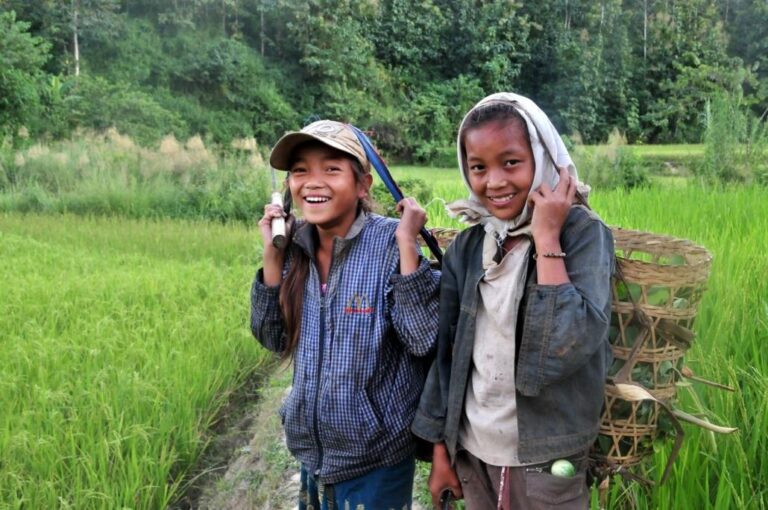Introduction
Poverty remains a significant challenge in Panama, despite its economic growth. As the country seeks sustainable solutions, various innovations in policy and community initiatives are emerging. The focus is on addressing the root causes of poverty and implementing practical solutions. You can learn more about these efforts by visiting the Borgen Project.
Community-Based Initiatives
Microfinance Programs
Microfinance has proven to be a transformative tool for the impoverished population. With access to small loans, individuals can invest in businesses, leading to greater economic independence. These programs not only empower individuals but also stimulate local economies.
Educational Outreach
Education is a cornerstone in the fight against poverty. Various NGOs have established educational programs designed to provide both skills and awareness in impoverished communities. Such initiatives are crucial for preparing the youth for future employment opportunities.
Government Policies and Support
Social Safety Nets
Panama’s government has implemented several social safety net programs aimed at protecting the vulnerable. These include conditional cash transfers that incentivize families to keep children in school and attend healthcare services. Such policies are vital in breaking the cycle of poverty.
Public-Private Partnerships
Collaboration between the public and private sectors is crucial for sustainable poverty eradication. By pooling resources and expertise, initiatives can become more impactful and widespread. This strategic alliance opens avenues for innovative approaches to longstanding challenges.
Technological Innovations
Digital Platforms
The rise of technology has introduced new avenues for addressing poverty. Digital platforms are being used for everything from e-learning to providing access to markets for small farmers. These innovations not only enhance efficiency but offer broader reach and inclusivity.
Sustainable Agriculture
Innovations in sustainable agriculture represent a significant step toward food security. Farmers are being trained in new techniques that increase yields while preserving environmental integrity. By adopting these practices, communities can become more self-sufficient and resilient.
Conclusion
The fight against poverty in Panama is marked by a diverse array of innovative measures. From community-driven initiatives to government policies and technological advancements, each element plays a role in creating sustainable change. Continued support and collaboration will be essential to maintain momentum in these efforts.

